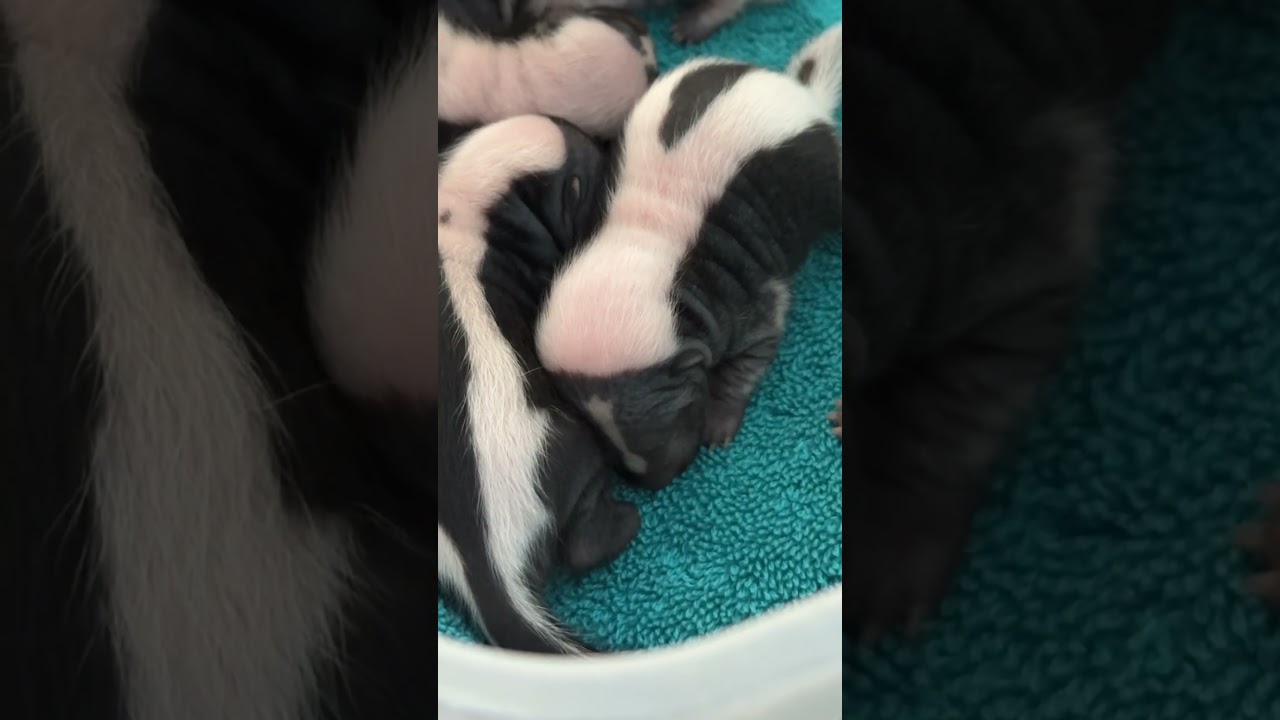– Introduction to the concept of “new stripes” in The Loft
– The role of zoos in wildlife conservation and education
– The significance of habitat replication in zoo management
– Species conservation efforts and breeding programs
– The role of visitors and community engagement in conservation initiatives
Introducing new patterns, specifically “stripes,” at The Loft marks an exciting development for the institution and its audience. This phrase often hints at the arrival of new animals, usually of the striped variety, which in zoos typically include species like tigers, zebras, or even certain types of fish. Visitors to The Loft can anticipate the enhanced educational experiences these new additions will bring, fostering deeper connections between humans and the natural world.
Zoos have evolved from merely showcasing exotic fauna for the public’s amusement to acting as arks of conservation where education and wildlife preservation go hand in hand. Modern zoo management is complex, balancing animal welfare, species conservation, public education, and research. It requires a profound understanding of the intricate needs of diverse species and the maintenance of genetically healthy animal populations through carefully managed breeding programs.
Replicating a species’ natural habitat within the confines of a zoo is no small feat. It involves creating an environment that not only resembles the visual aesthetics of the wild but also supports the physiological and psychological well-being of the animals. This means controlling climate, vegetation, substrates, and even the social structure of displayed species. Successful habitat replication contributes to the overall health of the animals and provides educational value by allowing visitors to witness animals in settings that resemble their wild counterparts.
Conservation efforts in zoos often extend beyond the display to include breeding programs for endangered species. These programs aim to maintain genetically diverse populations in captivity, which may one day serve as a backup in the face of dwindling numbers in the wild. In some cases, zoos collaborate with other conservation organizations to reintroduce animals back into their native habitats, a process intricate in its planning and execution and fraught with both challenges and rewards.
Education plays a pivotal role at The Loft. Interactive displays, informative signage, and knowledgeable staff contribute to a visitor’s understanding of the animals and their conservation status. Zoos inspire action amongst their visitors through these educational initiatives, encouraging conservation efforts that extend beyond the zoo’s boundaries.
Community engagement is a vital component of the conservation mission. Local communities often participate in conservation programs by attending educational events, contributing to fundraising initiatives, and volunteering at the facility. In this way, The Loft becomes a hub for conservation-minded individuals and groups united by a shared interest in preserving biodiversity.
As The Loft prepares to introduce these new striped inhabitants, it reinforces its commitment to wildlife conservation, education, and community involvement. The arrival of each new species at a zoo represents an opportunity to learn and inspire action for the natural world. Through active engagement with these living emblematic creatures, visitors can gain a refreshed perspective on the beauty and fragility of biodiversity and the collective responsibility to protect it for future generations.
*****
Source Description
Isabel’s seven kits are about two weeks old and growing quickly. Keepers weigh each baby skunk daily to track its growth and health. They currently weigh about 100 grams each and they already have names!
Isabel is named after San Isabel National Forest, and her seven littles are named after National Parks! The four males are named Zion, Joshua, Glacier, and Denali, and the three females are named Mesa, Rainier and Sandy.


